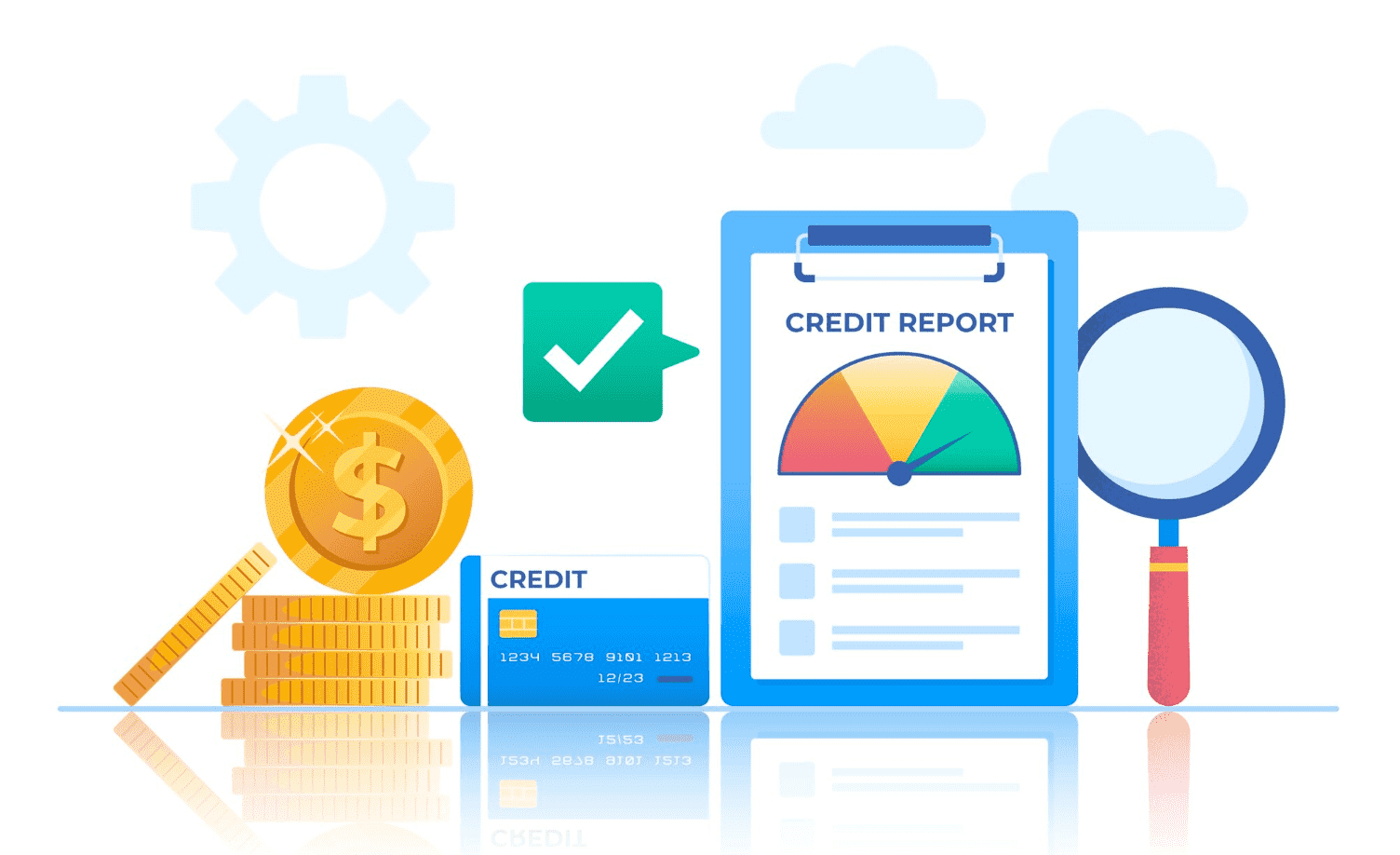Your credit score is a numerical representation of your creditworthiness. It helps lenders make decisions about whether to offer you loans and what terms (like interest rates) to offer. One crucial factor affecting your credit score is something called your credit utilization ratio. Let’s break down what this means and why it matters.
Understanding credit lines and utilization
- Credit line: This is the maximum amount of money that you are allowed to borrow from a lender. Think of it as your spending limit.
- Credit line limit: This refers to the total of all your credit lines – like those offered by credit cards, instant credit lines, or online credit lines.
- Credit utilization ratio: This is calculated by dividing the total amount of credit you are currently using by your total credit line limit. The result is expressed as a percentage.
What is a good credit utilization rate?
Different credit agencies may have different cut-offs to determine the ideal credit utilization ratio. However, having a total credit utilization ratio below or equal to 30% is usually recommended. For instance, if your total credit limit on all your credit cards is Rs. 1 lakh, your total outstanding on all the credit cards at any point in time should be at most Rs. 30,000.
If you are looking for a high credit limit to help you manage your credit utilization and improve your credit score, My Credit Line by INDIE is a good option to consider. You can set up a credit line of up to Rs 5 lakh instantly with INDIE by IndusInd Bank and access funds easily whenever required.
How does a credit card affect your CIBIL score?
Credit cards affect your credit score in the following ways:
- Card repayment history: Timely and full payments positively impact your credit score. Paying only the minimum due or delayed payments will hurt your score, with defaults being the most damaging. Your repayment history weighs heavily on your score.
- Credit utilization ratio: Keep your credit utilization ratio under 30% to avoid negatively impacting your score.
- Length of credit history: An old credit card demonstrates how responsibly you have used credit over time. Closing it could hurt your credit score.
- Number of credit cards: Multiple cards increase your total available credit, potentially aiding your utilization ratio. However, too many cards might alarm lenders and indicate excessive reliance on credit. It’s best to aim for at least three active credit cards.
Strategies to optimize your credit utilization
- Increase your credit limits: Contact your credit card issuers to see if they can raise your limits. This automatically lowers your utilization without changing your spending habits.
- Pay down balances: Focus on reducing your outstanding debt, even making payments multiple times per month.
- Consider a balance transfer: If you have high-interest credit card debt, a balance transfer card with a 0% introductory APR offer could help you pay it down faster.
Boosting your credit score
If you want to improve your credit score, focusing on maintaining a low credit utilization ratio and making your payments on time are essential. Choosing a credit card that suits your needs and helps you manage your credit responsibility is also the key to effective credit management.



